This mega-city is the largest in South America. And somewhat fitting, as it is our final stop in the continent. It was a bittersweet time here, saying goodbye to the land we spent just over 5 months on.
Getting here was a bit of a challenge. The 6 hour bus from Rio de Janiero took 8, thanks to a long halfway point stop and a massive traffic jam. But we made it nonetheless. A quick metro ride and a short rainy walk in the dark later, we made it tour our hostel.
We decided to stay in the Liberdade neighbourhood, which is also known as Japantown. A large east Asian population resides here, and as a result, a lot of east Asian food which Cam was excited for. It was too late for any of that though, so we went to bed.
We had a great need to do laundry the next day. So we got up early to try and find a laundromat in Liberdade, as there was a tour across town we wanted to hit. No dice, we only found an open self-serve one, so we brought all of our dirty clothes with us (they were in a backpack) down to Vila Magdalena, where we would explore.
This neighbourhood started as a university student neighbourhood. When Brazil was under a dictatorship, a culture of graffiti and street art in the forms of protest grew out of Vila Magdelena, and that art is ever present in the now upper-middle class hipster neighbourhood it is today.
There are three main types of street art in Sao Paulo, piche, graffiti and mauro. A piche is just a tag like a name or some letters, and those remain illegal. Many litter the streets though, and there is a competition among street art gangs and artists onto who can get their tag the highest, as in the highest building. They scale whatever buildings they can at night to spray their piche at the top (I couldn’t figure out who has that distinction at the time or writing).
The second and most common is the graffiti. It’s not the exact same as we have at home though. A graffiti is a small art that can be done quickly, generally in a night or so. These have been legal since 2011, and there is no restriction on where they can be done. Many private property gates that are adjacent to the sidewalk have a graffiti on them. There is an unspoken culture among the artists as well. If you are the first to put your art on a wall as an artist, you now own that wall, and only you can give permission to repaint that section of wall.
The final is a mauro, or mural. These are large scale pieces that will take multiple days to complete, and are always pained with permission of the property owner. A lot of them will generally have political messaging.
There are many famous street artists in Sao Paulo and Brazil as a whole, and they can have large followings for their art. There are many distinct styles, and with a bit of a trained eye, you can pick our some of the more famous artists from around the neighbourhood. The level of the street art culture was only made known to the Brazilian government, and to the rest of the world in 2014, during the preparation for the World Cup.
One cool stop on the tour was Beco do Nega (Aprendiz Alley), which was a basketball court and a small otherwise forgotten alley behind some houses. Every wall was coated in some sort of design, from strange humanoids to hummingbirds. The area has become somewhat of a memorial site to the late street artist Nega, who was killed by a police officer after a bar fight in 2020.
Another stop, and the more famous alley is Batman alley. This alley is arguably the origin of Sao Paulo street art, where university students would practice at night. One of the first design’s was that of a Batman logo, and then the name stuck. There was a really cool arts hub in the area too, with lots of galleries of street artists and other more traditional painters. Large mauro’s were along every wall.
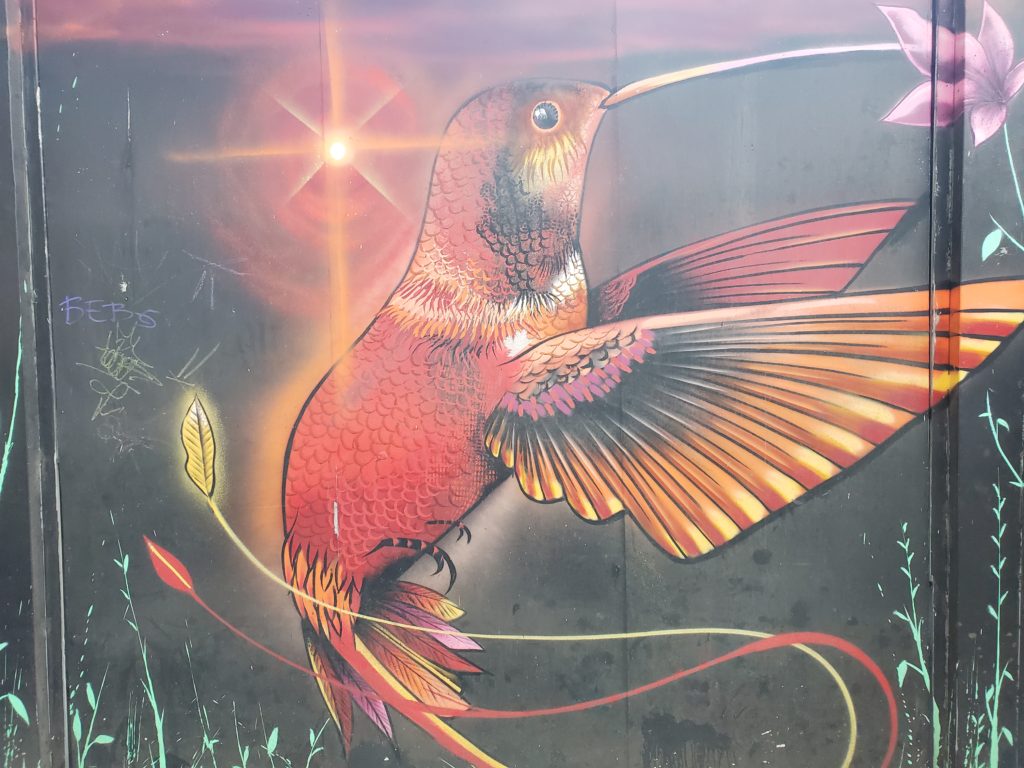

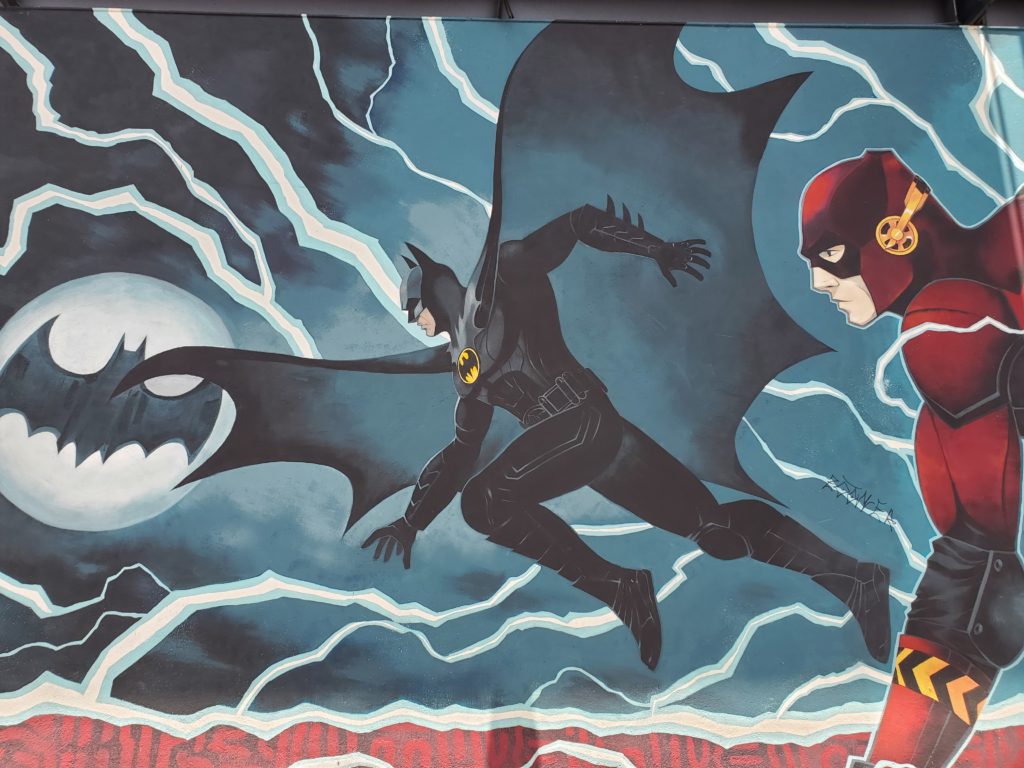

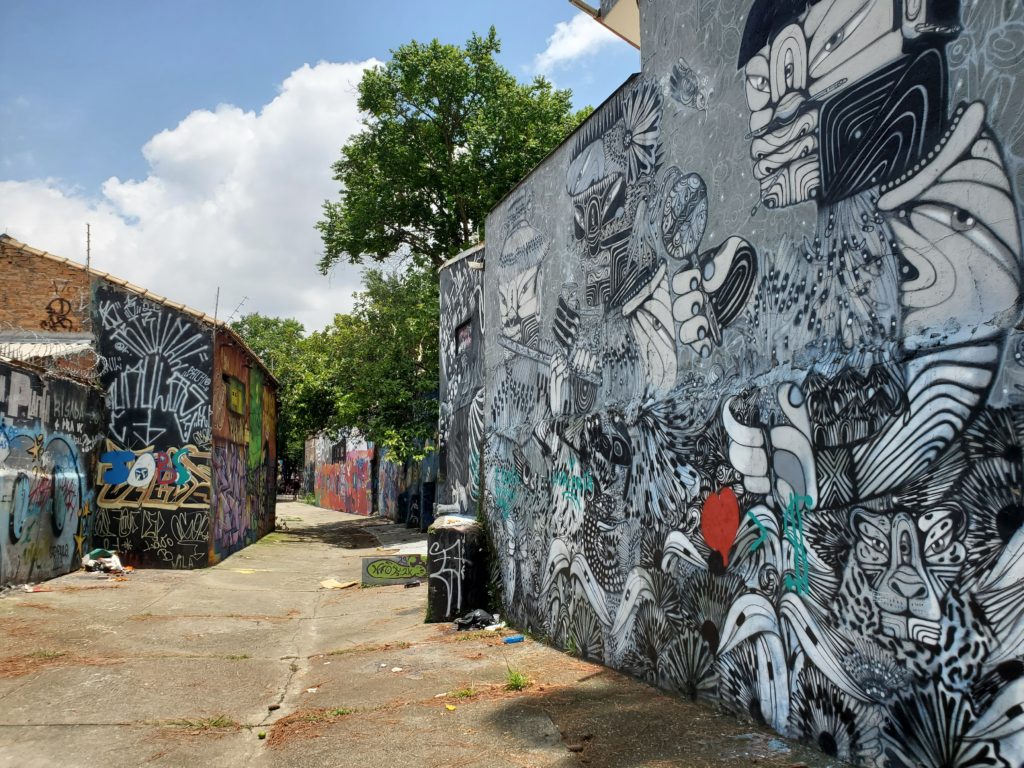
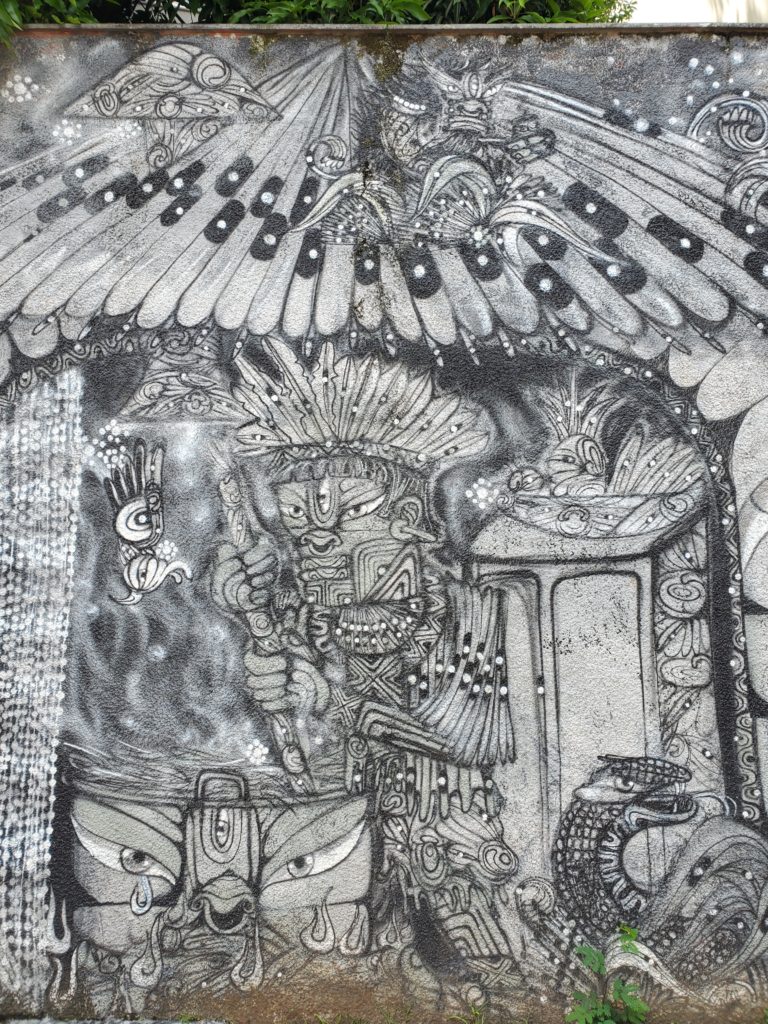
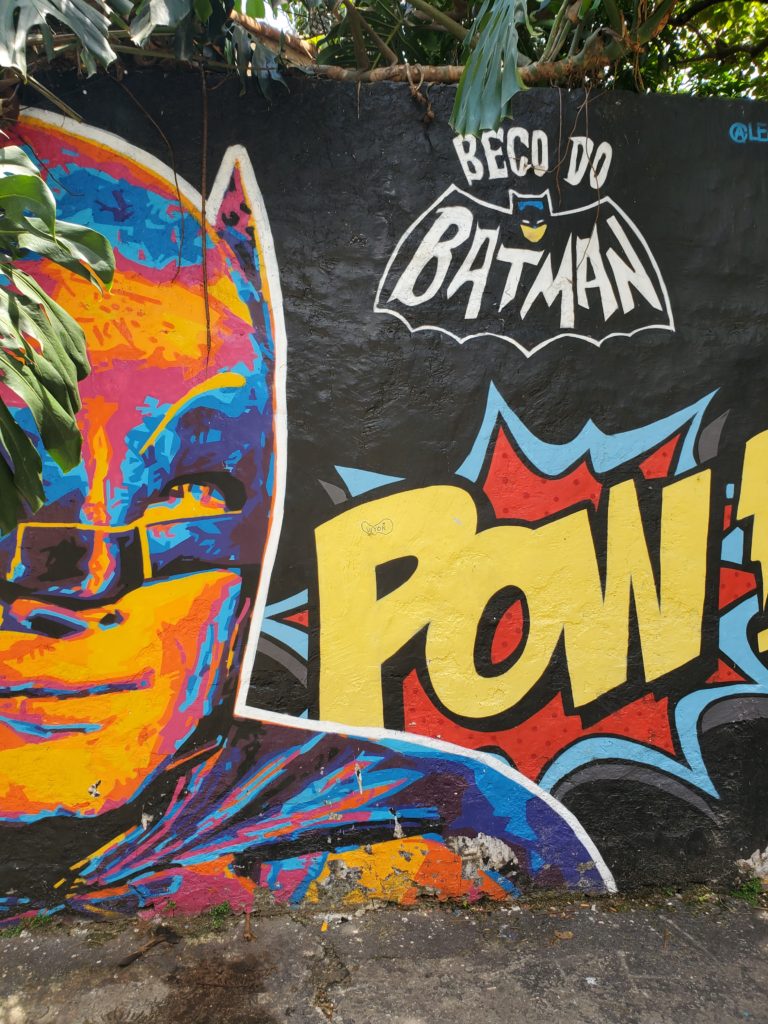

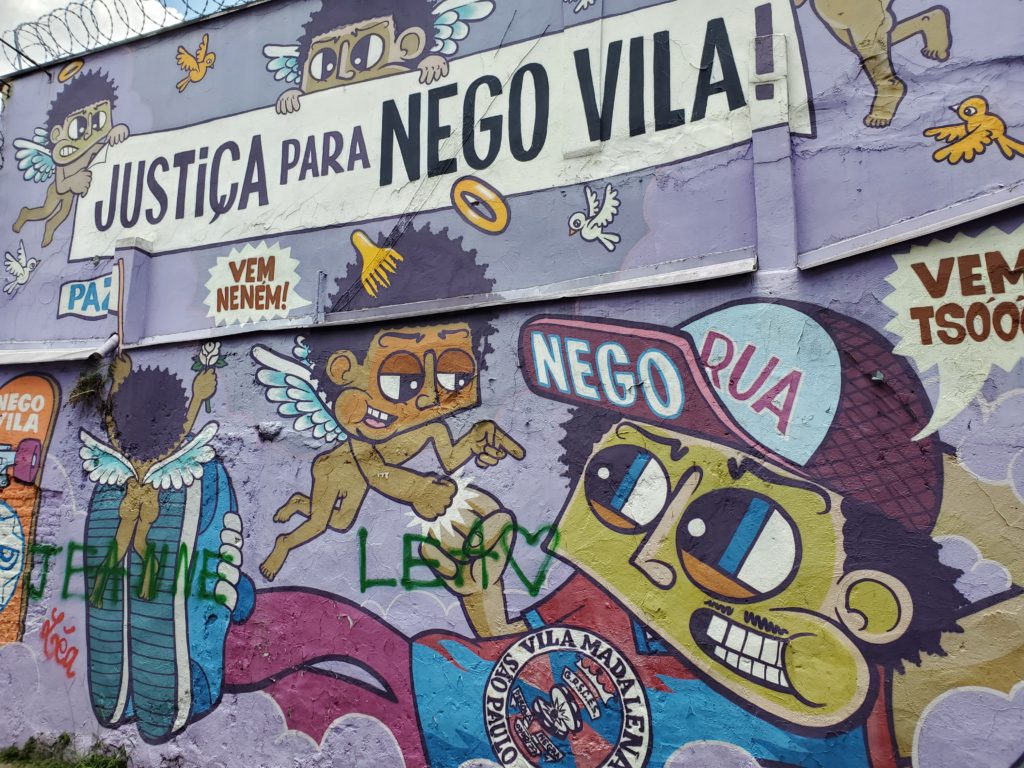
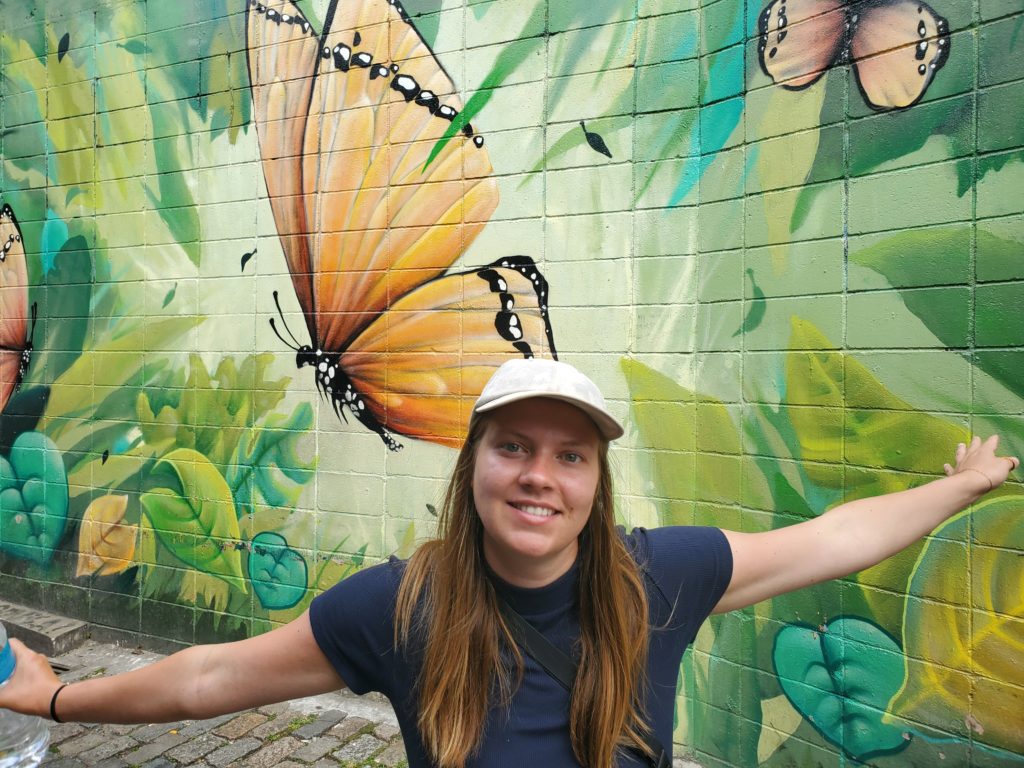

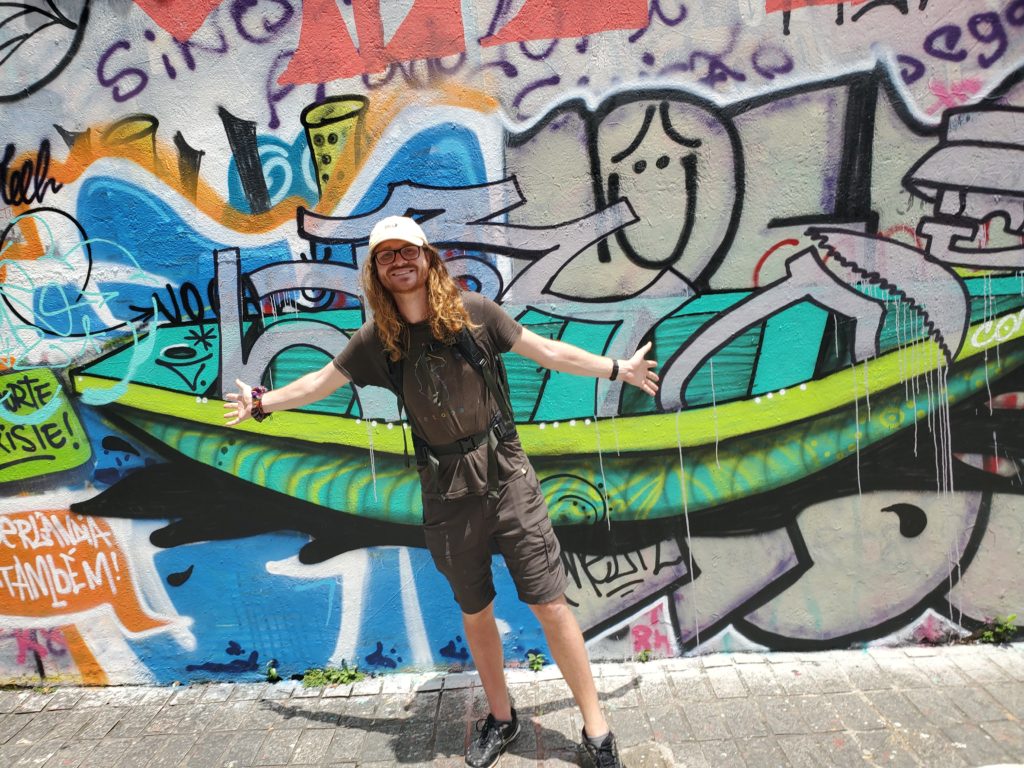

After the tour we got our laundry sorted our at a different self serve laundromat. We passed time by having some gas station acai frozen yogurt stuff (it was really good) and trying to understand what was going on in the television that was playing. All we really put together is that the one girl was recently blind, and that you shouldn’t swing sledgehammers in high heels.
We explored the neighbourhood a little more on our own, and then headed back to Liberdade for some dinner. We settled on a ramen joint that a lot of passersby kept eyeing up waiting for it to open. The public definitely knew what was up. The gyoza’s had a really nice seasoning. The ramen had flavourful broths, and the noodles were really well done. It was a very good dinner to have.
The next morning we woke up to a lot of commotion outside of our hostel. Apparently, every Saturday there is a street market in the adjacent square. Lots of little booths selling Japanese and Korean knick knacks, and a street full of food vendors!
We did a cautions, non-impulsive walk through ll of the vendors first, and then carefully selected our breakfast. A wonderful pork noodle bowl, some steam buns, and fried veggies. Wit nowhere to sit, we stationed ourselves between two market vendors and then chowed down.
The rest of the market was decent. There was a Japanese garden we explored, which considered of a 50m loop encircling a sad dirty pond of koi. A bunch of street stalls selling knock off Pokémon hats. Stores of jewelerry and cheap fashion. And so many people. It was very busy for what was only a couple blocks of market.
We were not done with food for the day either. After exploring, we went back to Vila Magdelena. There was a fejoida place that was reccomended ot us that we wanted to try. And a market as well!
The market was disappointing. It was half open and dying, like a misplaced American 90s shopping mall. Basic nut vendors, a couple bulk goods, meats and produce, some restaurants. Not really any people though. Oh well.
The fejoida was next. These buffet’s are common in Brazil on Saturdays. Historically, fejoida was a poor man’s stew, consisting of poor meat cuts and beans over farfoa, kale, and rice. Now its been adopted to many restaurants, and a higher class of cooking in some places. We loaded up our plates with all the goodies.
It was decent. Not great, and probably not worth recreating at home. But not a bad meal by any stretch. It was just very heavy, and the flavours were not exactly there for us. Maybe it was just a poor restaurant, or a bad day for the chef. Somewhat of a disappointing meal to end South America on, but that’s what happens sometimes.
End South America?
Yeah, you read that right. We’re off to the airport now for 60 hours of travelling over 4 different international flights (thanks cheap Expedia deals). We will see you on the other end of that, or maybe during. Either way, its a whole other world, literally, of experiences up ahead. We will see you there.

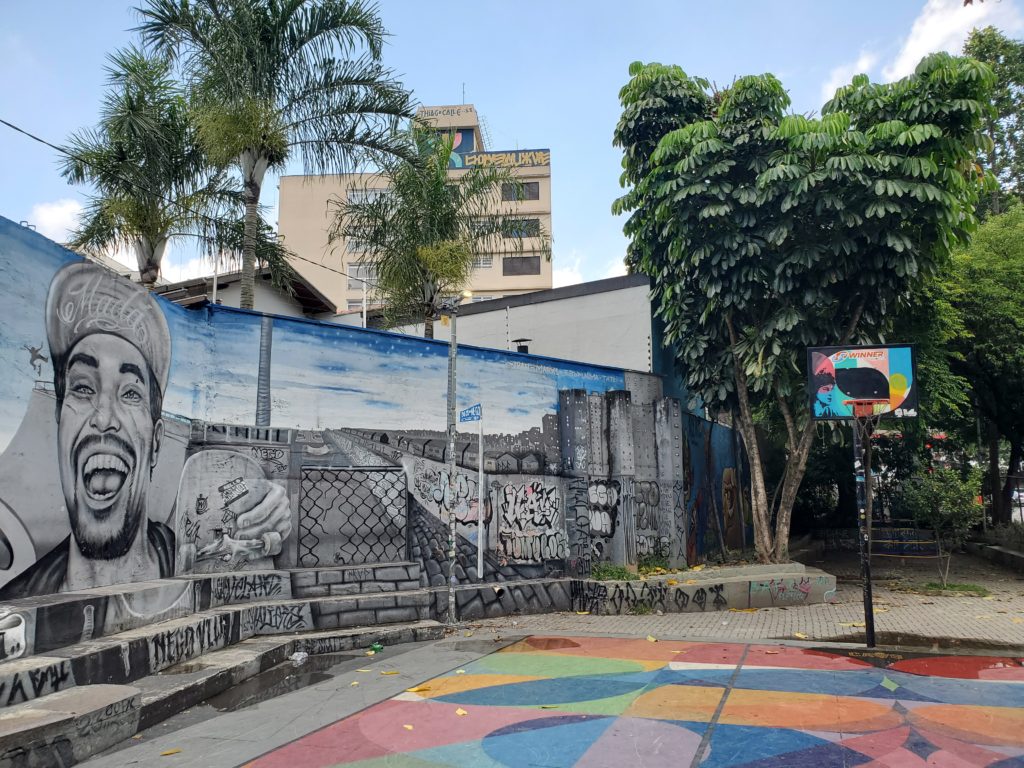
Great Friday evening reading here in -38 degree Edmonton! Still January 12th here.
Safe travels guys. you will have arrived somewhere new by the time you read this comment.
You have seen so much these past 6 months! and so many new adventures await you!
Wishing you good health, safety, fun, insight and all that goes to make that possible.
The art work that we saw in São Paulo was not as smacking as the ones you experienced. They are truly amazing. I took pictures from the air when landing of the city an it stretched as far as the eye could see. I don’t think I’ve ever seen such a big city and we had been there before without realizing how large it was. Grant and I Missed getting any Raman noodles as we were there only a few hours this trip as I made a mistake booking our flights and we left a day earlier than Mark and Lori. Vietnam will be quite a change I think from South America and look forward to heating all about it. Continued safe travels.
Interesting city. Such incredible murals. You have seen so much in the past seven months. Continued safe and healthy travels.
Brazilian Banksys getting their art out there makes for an interesting lively streetscape, we should all take notes! Asia will be fun, trading empanadas for spring rolls, not a bad deal. Vayas con Dios amigos.